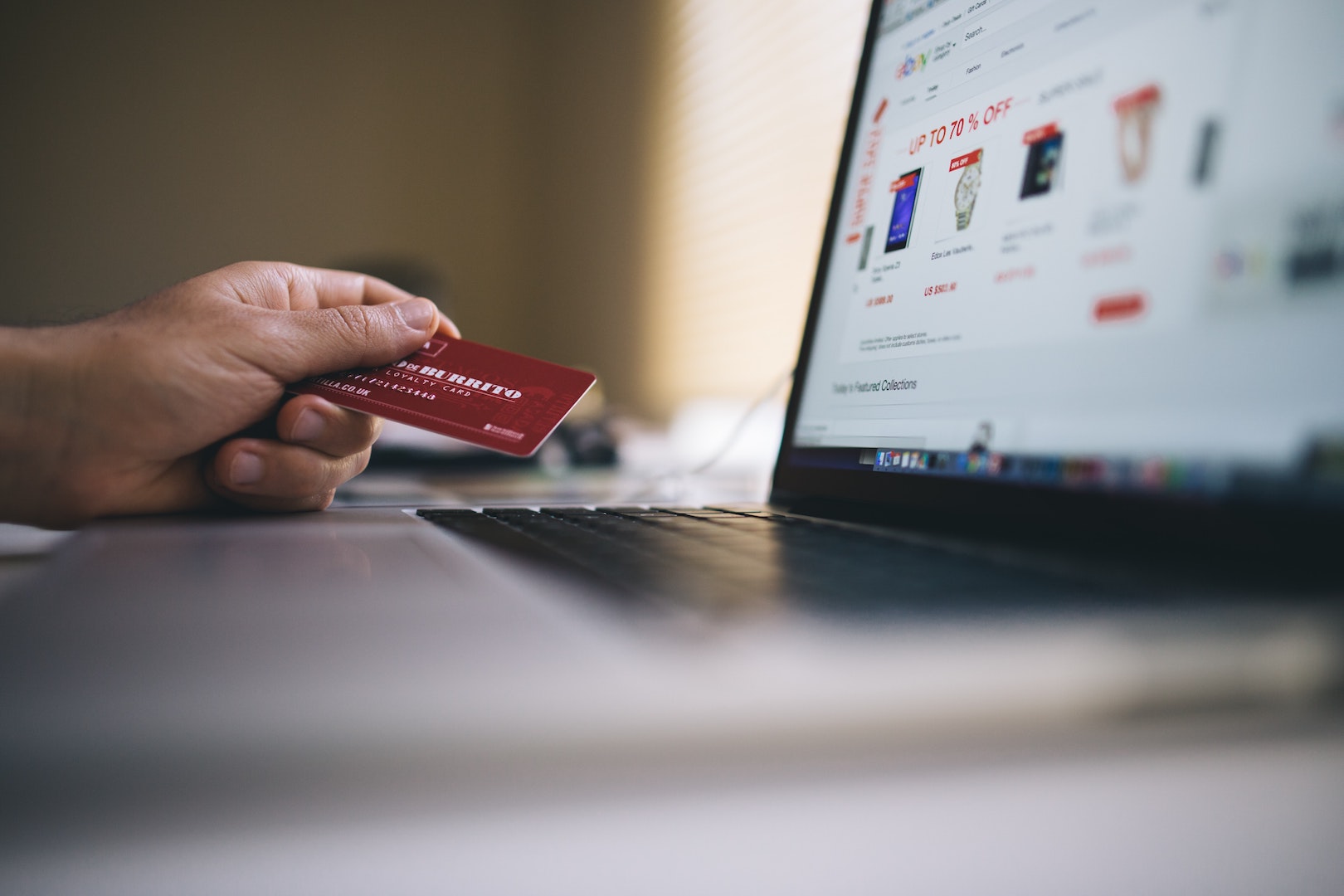When running a business, entrepreneurs have to be able to afford a wide range of expenses, such as marketing costs, office rent or mortgage payments, bookkeeping fees, legal fees, hiring costs, IT expenditures and much more.
However, one expense that’s unexpected for many business owners, and which can unfortunately bite into the bottom line, is chargebacks that occur on payments transactions. With more and more people shopping online today, and the problem of fraudulent payments bigger than ever, it’s important for small business owners to understand the issue.
Read on for all the key details you need to know.
What are chargebacks?
“Chargeback” is the word used to refer to what happens when a financial institution, usually a bank, debits a merchant’s account by the amount of a transaction which has previously gone through. Think of it like a reversal, in a way.
Chargebacks are taken out of business bank accounts after a customer disputes a transaction that has gone onto their credit or debit card. They contact the bank that issued the card and tell them that they weren’t the one to make the purchase or that the order didn’t go ahead. From here, the financial institution charges the disputed amount back to the merchant, so the customer gets their money back.
Why are they a problem?
Getting stung by chargebacks is an issue because it affects cash flow negatively and can lead to overdrawn bank accounts and resulting fees (particularly if a number of chargebacks happen on the same day). Merchants don’t have any say about chargebacks occurring, so the funds can come out of your account when you don’t expect it if your bank or other provider doesn’t give you advance warning.

Another problem caused by chargebacks is that they can leave you out of pocket. You might get online orders that seem legitimate, and, after receiving funds into your account, you might ship merchandise to the address provided–but you will likely never recuperate your losses if a chargeback occurs afterwards.
While it’s true that you’ll have the chance to put forward evidence that a transaction was legitimate and you did send out the goods (by providing screenshots, emails, postage receipts etc.), this doesn’t mean the bank will find in your favor.
As well, you’ll have to spend a lot of time on the whole process which again, you can never get back. Another issue is that if credit card issuers find in favor of the cardholders, they often incur a penalty chargeback fee, which you have to pay on top of the other ways in which you’re out of pocket.
When do chargebacks happen?
There are more than 100 different reason codes which come into play across different credit card networks for chargebacks. They usually fall into a few main categories, such as these common ones:
-
When customers don’t recognize the name of a store or the business name used on their card statement
-
When customers forget making a purchase
-
When customers forget who they ended up purchasing something from (after researching various vendors, for instance)
-
When an authorized user on a card makes a purchase but forgets to tell the cardholder about it
-
Fraud
-
If customers don’t receive items they’ve ordered (e.g. packages go to the wrong address or get lost in transit)
-
If people aren’t happy with the items when they receive them (e.g. they’re defective, damaged in transit, or not as described)
-
When customers believe they’ve been charged incorrectly (e.g. because of automated billing cycles, additional service fees, extra shipping costs etc.)
What steps can you take to avoid them?
There are numerous steps businesses can take to avoid being stung by chargebacks. For example, ensure your product descriptions and photos/videos portray items accurately; and provide customers with clear invoices so they can see exactly what they’re being charged.

When shipping out goods, track the service and get a signature on delivery or other proof to show the customer received their order. Try to ensure the business name that shows up on credit card statements for clients is your brand name, too, so that people recognize it.
As well, protect yourself from fraud by using a reputable payment processing solution and setting it up to decline suspicious transactions. Red flags can include unusual orders coming from countries you don’t usually deal with or where fraud is rife as well as transactions where payment keeps getting declined because someone tries different identifying information to make payment (this indicates stolen cards are being used).
Also, always activate an Address Verification System if possible. This ensures the payment processing system checks the billing address being provided by the customer matches what’s actually on the card.
© YFS Magazine. All Rights Reserved. Copying prohibited. All material is protected by U.S. and international copyright laws. Unauthorized reproduction or distribution of this material is prohibited. Sharing of this material under Attribution-NonCommercial-NoDerivatives 4.0 International terms, listed here, is permitted.




